Country Belgium Region | Area 80.02 km2 | |
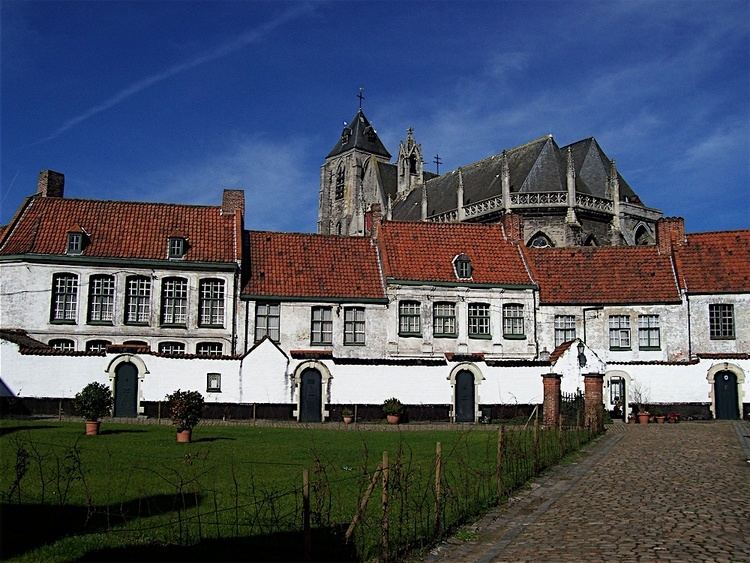 | ||
Points of interest Broeltowers, Broel Museum, Museum Kortrijk 1302 | ||
Mayor Vincent Van Quickenborne (Open VLD) | ||
Map of Kortrijk
Kortrijk (in English also Courtrai or Courtray; official name in Dutch: Kortrijk, [ˈkɔrtrɛi̯k]; West Flemish: Kortryk or Kortrik, French: Courtrai, [kuʁtʁɛ]; Latin: Cortoriacum) is a Belgian city and municipality in the Flemish province of West Flanders.
Contents
- Map of Kortrijk
- Kortrijk west flanders belgium 9th january 2013
- Waterways eurometropolis lille kortrijk tournai unravel travel tv
- Origins to the 13th century
- Battle of the Golden Spurs
- 15th century to modern times
- Municipality
- Neighbouring municipalities
- Architecture
- Civil
- Religious
- Museums
- Road
- Railway
- Public city transport
- Airport
- Waterways
- Cycling and pedestrian areas
- Economy
- Education
- European cooperation
- Theatres and concert venues
- Festivals and events
- Food
- Shopping
- Parks
- Football
- Basketball
- Cycling
- Rugby
- Tennis
- Swimming
- Town twinning
- Food fighters track kortrijk
- References
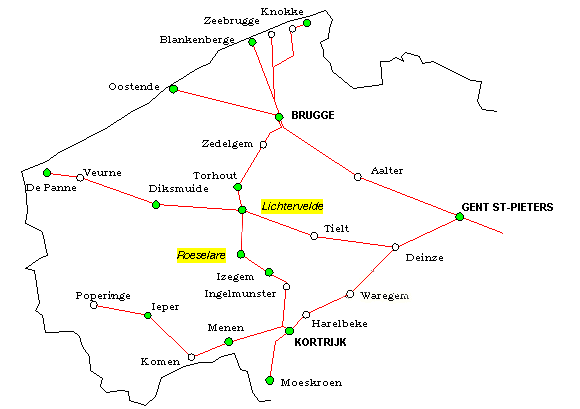
It is the capital and largest city of the judicial and administrative arrondissement of Kortrijk. The wider municipality comprises the city of Kortrijk proper and the villages of Aalbeke, Bellegem, Bissegem, Heule, Kooigem, Marke, and Rollegem. Kortrijk is also part of the cross-border Lille-Kortrijk-Tournai metropolitan area.
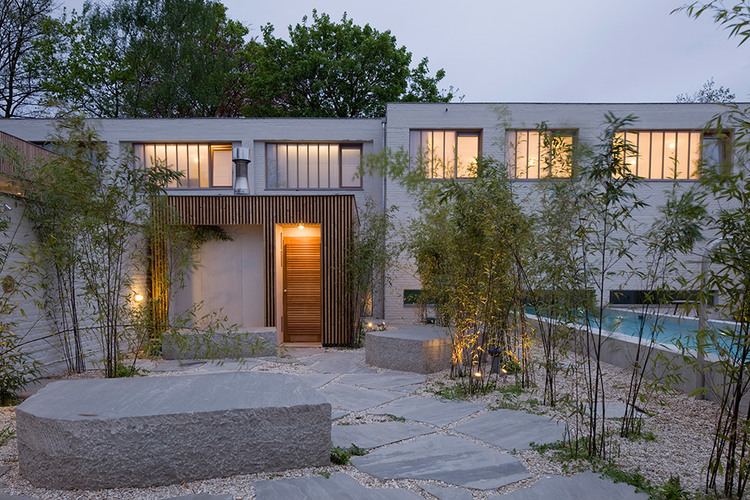
The city is on the river Leie, 42 km (26 mi) southwest of Ghent and 25 km (16 mi) northeast of Lille. Mouscron in Wallonia is just south of Kortrijk.
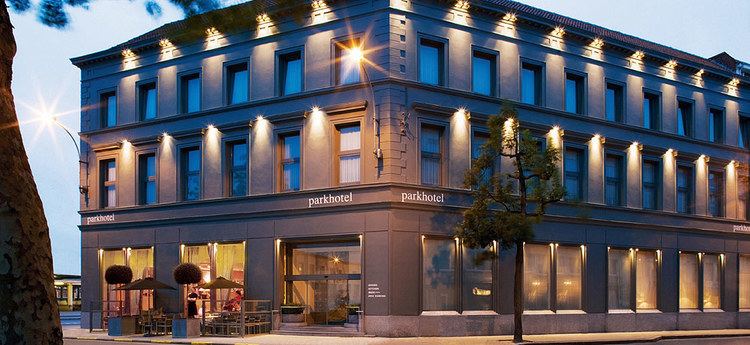
Kortrijk originated from a Gallo-Roman town, Cortoriacum, at a crossroads near the Leie river and two Roman roads. In the Middle Ages, Kortrijk grew significantly thanks to the flax and wool industry with France and England and became one of the biggest and richest cities in Flanders. The city is often referred to as City of Groeninge or City of the Golden Spurs, referring to the Battle of Courtrai or the Battle of the Golden Spurs which took place on 11 July 1302 on the Fields of Groeninge in Kortrijk. In 1820, the Treaty of Kortrijk was signed, which laid out the current borders between France and Belgium. Throughout the 19th and 20th century, the flax industry flourished and remains important within the Belgian textile industry today.
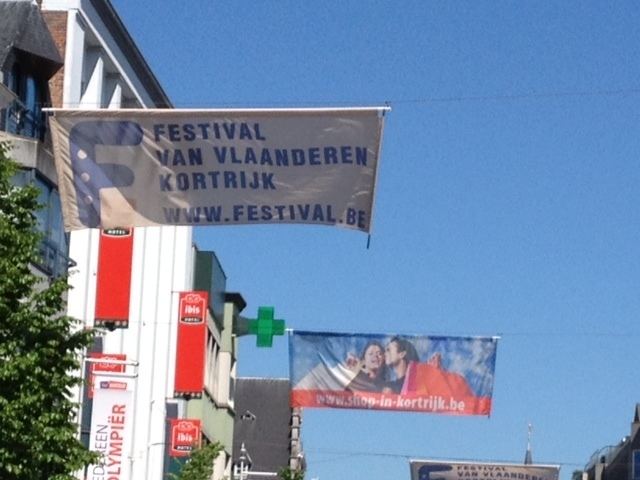
Kortrijk is the largest city in southern West Flanders, with several hospitals, colleges and a university. Kortrijk was the first city in Belgium with a pedestrian shopping street, the Korte Steenstraat.
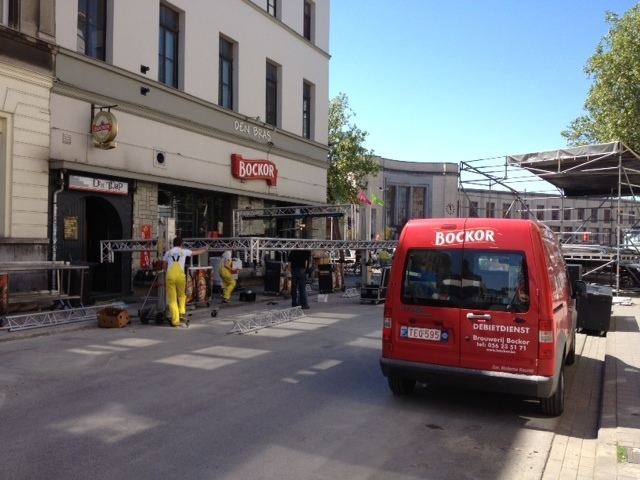
Kortrijk west flanders belgium 9th january 2013
Waterways eurometropolis lille kortrijk tournai unravel travel tv
Origins to the 13th century
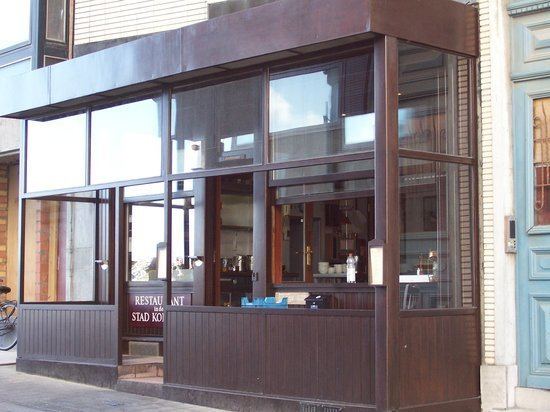
Cortoriacum was a typical Gallo-Roman vicus at an important crossroads near the Leie river of the Roman roads linking Tongeren and Cassel and Tournai and Oudenburg. In the 9th century, Baldwin II, Count of Flanders established fortifications against the Vikings. The town gained its city charter in 1190 from Philip, Count of Flanders. The population growth required new defensive walls, part of which can still be seen today (the Broeltorens).
In the 13th century, the battles between Fernando of Portugal, Count of Flanders and his first cousin, King Louis VIII of France, led to the destruction of the city. The Counts of Flanders had it rebuilt soon after. To promote industry and weaving in the town, Joan, Countess of Flanders exempted settlers in Kortrijk from property tax. From that time, Kortrijk gained great importance as a centre of linen production.
Battle of the Golden Spurs
In 1302, the population of Bruges started a successful uprising against the French, who had annexed Flanders a couple of years earlier. On 18 May the French population in that city was massacred, an event that could not go unpunished. The famous ensuing Battle of Courtrai or the Battle of the Golden Spurs (Dutch: Guldensporenslag) between the Flemish people, mostly commoners and farmers, and Philip the Fair’s knights took place near Kortrijk on 11 July, resulting in a victory for Flanders. This date is now remembered as a national holiday by the whole Flemish community.
Following a new uprising by the Flemish in 1323, but this time against their own Count Louis I, the French invaded again. These Flemish acquisitions were consolidated by the French at the Battle of Cassel (1328). Louis I’s son, Louis II, then Philip van Artevelde briefly regained the city in 1381 but lost it again the following year at the Battle of Roosebeke, resulting in a new wave of plundering and destruction.
15th century to modern times
Most of the 15th century was prosperous under the Dukes of Burgundy, until the death of the Burgundian heiress, Mary of Burgundy, in 1482, which ushered in renewed fighting with France.
The 16th century was marked by the confrontations engendered by the Reformation and the uprising of the Netherlands against Spain.
Louis XIV’s reign saw Kortrijk occupied by the French five times in sixty years and its former fortifications razed. The Treaty of Utrecht finally assigned the whole area to Austria.
After the French Revolution and the Napoleonic era, the textile industry, based on flax, and the general economy of the city could finally prosper again.
Kortrijk was heavily bombed in the summer of 1917, but even more damaged by the allied bombing in 1944. The city was an important railway hub for the German army, and for this reason was the target of several allied air-strikes. On 21 July 1944 (the Belgian National Day) around 300 Avro Lancasters dropped over 5,000 bombs on the city centre. Many historical buildings on the central square, as well as the old railway station, were destroyed.
Municipality
After the 1977 fusion the city is made up of:
Neighbouring municipalities
The metropolitan area, including the outer commuter zone, also consists of Kuurne, Wevelgem, Zwevegem and Harelbeke. Although these municipalities have strong morphologic ties with Kortrijk, they aren't officially part of the city.
Architecture
Much of the city's medieval architecture remains intact and is remarkably well preserved and restored. The city center is one of the largest carfree areas in Belgium. The béguinage, as well as the belfry, were recognized by UNESCO as World Heritage Sites in 1998 and 1999. Interesting highlights are:
Civil
Religious
Museums
Museums in Kortrijk include:
Road
Kortrijk lies at the intersection of three highways:
Railway
Public city transport
Kortrijk has an extensive web of public transport lines, operated by De Lijn, providing access to the city centre and the suburbs (city lines, Dutch: stadslijnen) and to many towns and villages in the region around the city (regional lines, Dutch: streeklijnen).
Airport
Waterways
The river Leie is an important way of transporting goods through inland navigation. The Bossuit-Kortrijk Canal enables in the city centre a direct connection with the river Scheldt.
From the 1970s on, the planning and later the execution of the so-called Leiewerken (Leieworks) started. These construction works comprise the deepening and widening of the river. This should enable ships with 4400 tons to navigate from France to the Scheldt. At the same time, this project includes a thorough urban renewal of the riversides in the city. Seven new bridges have to give a new architectural impulse to the river quarters as well as the construction of several new parks along the river. Four bridges already opened (Dambrug, Groeningebrug, Ronde van Vlaanderenbrug and Collegebrug). The Noordbrug was scheduled to open in 2010. The Budabrug and Reepbrug are planned after the opening of the Noordbrug. The construction works started in 1997 and should be ready in 2012.
Cycling and pedestrian areas
Cars are required to yield to pedestrians and cyclists. In general, cars are led to large underground car parks in the historic centre of Kortrijk or Park&Ride parking outside the town centre. Large parts of the historic centre are car free.
Economy
The city is historically connected with the flax and the textile industry, and still today the textile industry remains important in the region. Major companies which have headquarters in Kortrijk include Cisco, Barco and Bekaert.
Education
Kortrijk serves as an educational centre in south West Flanders, attracting students from the entire region.
There are 55 schools in Kortrijk, on 72 different locations throughout the city, with an estimated 21,000 students.
The city also provides higher education. The Kortrijk University, the KULAK, a campus of the Catholic University of Leuven, is located in on the south edge of the city, in the Hoog Kortrijk quarter. Other institutes of higher education include the Katholieke Hogeschool Zuid-West-Vlaanderen (KATHO) and Hogeschool West-Vlaanderen (HOWEST) university colleges. There is also a campus of Ghent University.
European cooperation
Even though Kortrijk is a Dutch-speaking town, it borders Wallonia, and is only 9 km (5.6 mi) away from the border with France. This has created an urban area that extends across linguistic and national borders. The mayors of Lille, Kortrijk and Tournai met in Kortrijk on 28 January 2008 to sign a document creating the first European Grouping of Territorial Cooperation within the EU. The purpose of this organisation is to facilitate the movement of people within this area of nearly 2 million people.
Theatres and concert venues
Festivals and events
The city is host to some sizable cultural events such as:
Also, trade shows and events such as the international Design Fair Interieur, Busworld and the Eurodogshow take place in the Kortrijk Xpo event center. These fairs attract numerous visitors to the city.
In July and August there are various boat tours on the river Leie.
Food
Local specialities include Kalletaart (apple cake with Calvados), Peperbollen, biscuits, and chocolate little beguines. The town of Heule is the home of the Picobrouwerij Alvinne brewery, while Bellegem is the home of the Bockor brewery.
Shopping
Parks
Football
Kortrijk has three official football clubs.
Basketball
Cycling
In Flanders generally, professional cycling is very popular. Many cycling races start, finish or pass through the Kortrijk area. Amongst them are the Driedaagse van West-Vlaanderen, Kuurne–Brussels–Kuurne, Gent–Wevelgem, the Tour of Flanders and Dwars door Vlaanderen. Kortrijk also hosts an after-tour criterium at the start of August called Kortrijk Koerse. Many of the riders who participated in the Tour de France usually appear at the start.Rugby
Tennis
Swimming
Town twinning
Kortrijk participates in town twinning to encourage good international relations.
